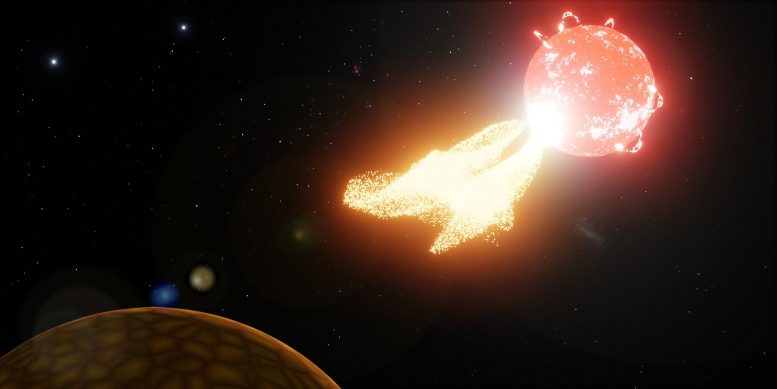
Artist’s impression of flare from our neighbouring star Proxima Centauri ejecting material onto a nearby planet. Credit: Mark Myers/OzGrav
Stellar Flares With a Chance of Radio Bursts: The Weather From Proxima Centauri
A discovery that links stellar flares with radio-burst signatures will make it easier for astronomers to detect space weather around nearby stars outside the Solar System. Unfortunately, the first weather reports from our nearest neighbor, Proxima Centauri, are not promising for finding life as we know it.
“Astronomers have recently found there are two ‘Earth-like’ rocky planets around Proxima Centauri, one within the ‘habitable zone’ where any water could be in liquid form,” said Andrew Zic from the University of Sydney.
Proxima Centauri is just 4.2 light-years from Earth.
“But given Proxima Centauri is a cool, small red-dwarf star, it means this habitable zone is very close to the star; much closer in than Mercury is to our Sun,” he said.
“What our research shows is that this makes the planets very vulnerable to dangerous ionizing radiation that could effectively sterilize the planets.”
Led by Mr. Zic, astronomers have for the first time shown a definitive link between optical flares and radio bursts on a star that is not the Sun. The finding, published today (December 9, 2020) in The Astrophysical Journal, is an important step to using radio signals from distant stars to effectively produce space weather reports.
“Our own Sun regularly emits hot clouds of ionized particles during what we call ‘coronal mass ejections’. But given the Sun is much hotter than Proxima Centauri and other red-dwarf stars, our ‘habitable zone’ is far from the Sun’s surface, meaning the Earth is a relatively long way from these events,” Mr. Zic said.
“Further, the Earth has a very powerful planetary magnetic field that shields us from these intense blasts of solar plasma.”
The research was done in collaboration with CSIRO, the University of Western Australia, University of Wisconsin-Milwaukee, University of Colorado and Curtin University. There were contributions from the ARC Centre for Gravitational Waves and University of California Berkeley.
The study formed part of Mr. Zic’s doctoral studies at the Sydney Institute for Astronomy under the supervision of Professor Tara Murphy, deputy head of the School of Physics at the University of Sydney. Mr. Zic has now taken a joint position at Macquarie University and CSIRO.
He said: “M-dwarf radio bursts might happen for different reasons than on the Sun, where they are usually associated with coronal mass ejections. But it’s highly likely that there are similar events associated with the stellar flares and radio bursts we have seen in this study.”
Coronal mass ejections are hugely energetic expulsions of ionized plasma and radiation leaving the stellar atmosphere.
“This is probably bad news on the space weather front. It seems likely that the galaxy’s most common stars – red dwarfs – won’t be great places to find life as we know it,” Mr Zic said.
In the past decade, there has been a renaissance in the discovery of planets orbiting stars outside our Solar System. There are now more than 4,000 known exoplanets.
This has boosted hopes of finding ‘Earth-like’ conditions on exoplanets. Recent research says that about half the Sun-like stars in the Milky Way could be home to such planets. However, Sun-like stars only make up 7 percent of the galaxy’s stellar objects. By contrast, M-type red dwarfs like Proxima Centauri make up about 70 percent of stars in the Milky Way.
The findings strongly suggest planets around these stars are likely to be showered with stellar flares and plasma ejections.
Methodology
The Proxima Centauri observations were taken with the CSIRO’s Australian Square Kilometer Array Pathfinder (ASKAP) telescope in Western Australia, the Zadko Telescope at the University of Western Australia, and a suite of other instruments.
University of Western Australia scientist Dr. Bruce Gendre, from the ARC Centre of Excellence for Gravitational Wave Discovery (OzGrav), said the research helps understand the dramatic effects of space weather on solar systems beyond our own.

Supervising research lead Professor Tara Murphy from the Sydney Institute for Astronomy and School of Physics at the University of Sydney. Credit: University of Sydney
“Understanding space weather is critical for understanding how our own planet biosphere evolved – but also for what the future is,” Dr. Gendre said.
Professor Murphy said: “This is an exciting result from ASKAP. The incredible data quality allowed us to view the stellar flare from Proxima Centauri over its full evolution in amazing detail.
“Most importantly, we can see polarized light, which is a signature of these events. It’s a bit like looking at the star with sunglasses on. Once ASKAP is operating in full survey mode we should be able to observe many more events on nearby stars.”
This will give us much greater insight into the space weather around nearby stars.
Other facilities, including NASA’s planet-hunting Transiting Exoplanet Survey Satellite and the Zadko Telescope observed simultaneously with ASKAP providing the crucial link between the radio bursts and powerful optical flares observed.
Mr. Zic said: “The probability that the observed solar flare and received radio signal from our neighbor were not connected is much less than one chance in 128,000.”
The research shows that planets around Proxima Centauri may suffer strong atmospheric erosion, leaving them exposed to very intense X-rays and ultraviolet radiation.
But could there be magnetic fields protecting these planets?
Mr. Zic said: “This remains an open question. How many exoplanets have magnetic fields like ours?”
So far there have been no observations of magnetic fields around exoplanets and finding these could prove tricky. Mr. Zic said one potential way to identify distant magnetic fields would be to look for aurorae, like those around Earth and also witnessed on Jupiter.
“But even if there were magnetic fields, given the stellar proximity of habitable zone planets around M-dwarf stars, this might not be enough to protect them,” Mr. Zic said.
Reference: “A Flare-type IV Burst Event from Proxima Centauri and Implications for Space Weather” by Andrew Zic, Tara Murphy, Christene Lynch, George Heald, Emil Lenc, David L. Kaplan, Iver H. Cairns, David Coward, Bruce Gendre, Helen Johnston, Meredith MacGregor, Danny C. Price and Michael S. Wheatland, 9 December 2020, The Astrophysical Journal.
DOI: 10.3847/1538-4357/abca90
Funding: Andrew Zic was funded by an Australian Government Research Training Program Scholarship. Tara Murphy acknowledges the support of the Australian Research Council. Parts of this research were conducted by the Australian Research Council Centre of Excellence

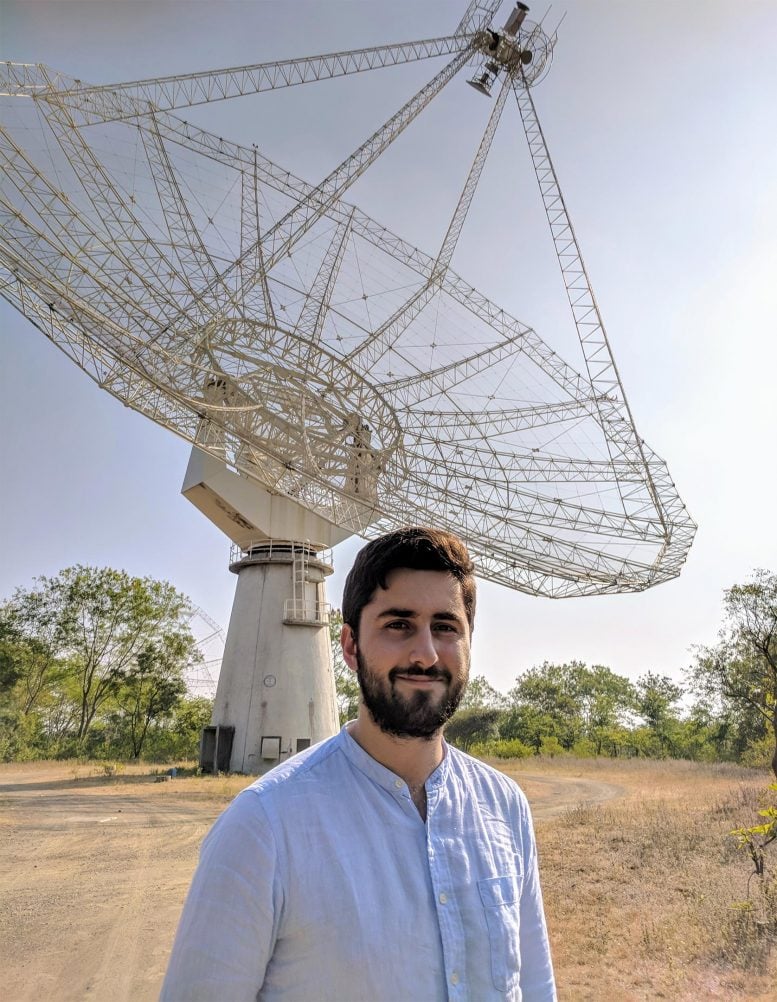
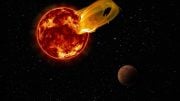
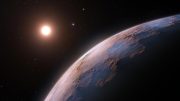
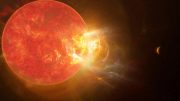

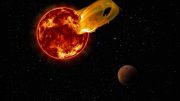
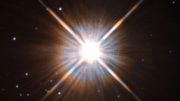
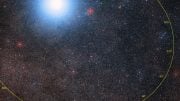

Intersting.
Some assumptions may be iffy.
What are the elements in the Periodic Table that can create planetary level Magnetism? Which may provide protection from the Steller Flares and Radio Bursts of the Red Dwarf in Alpha Centuri from Red Dwarf?
Are they predominant on the rocky planets near these red dwarfs?
What makes us think that the Peiodic Table is complete?
Do we know the intensity of these flares and Radio Bursts?
We are once again making the assumption that Life neceasilly has to carbon and water based.
What makes us think that there may not be advanced civiizations existing on the planets which have mastered the movement of the planets to get energy sources from the Red dwarf and moved it much closer?
It is not necessary that all life need only exist on the surface of a rocky planet. It could easily exist in Frozen Liquid Methane Oceanns or even in Gaseous Gaints with sattelites ( Planets) revolving it .Life could actually have adapted and moved underground on rocky planets.
Similarly every assumption we make may make a ASS of U & ME!